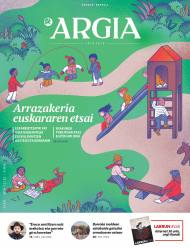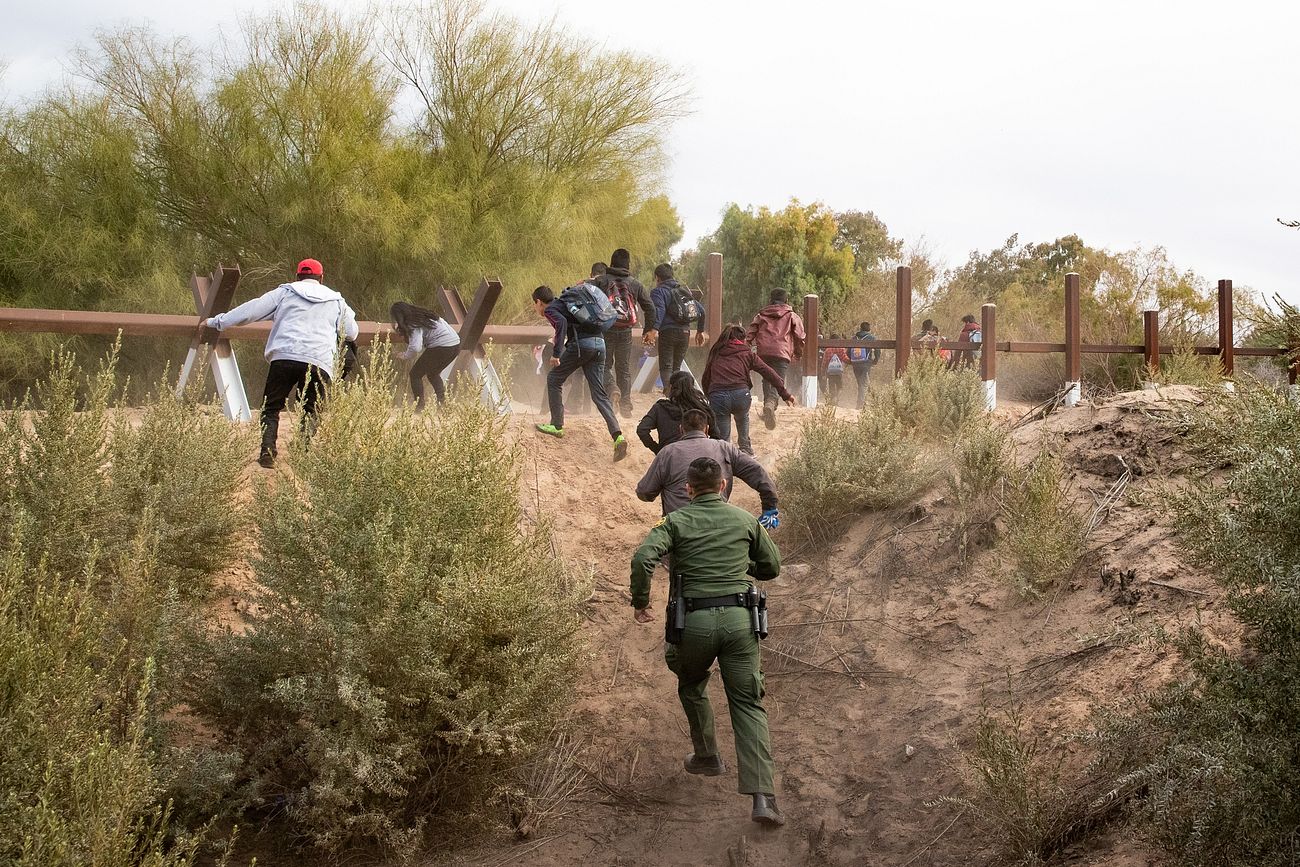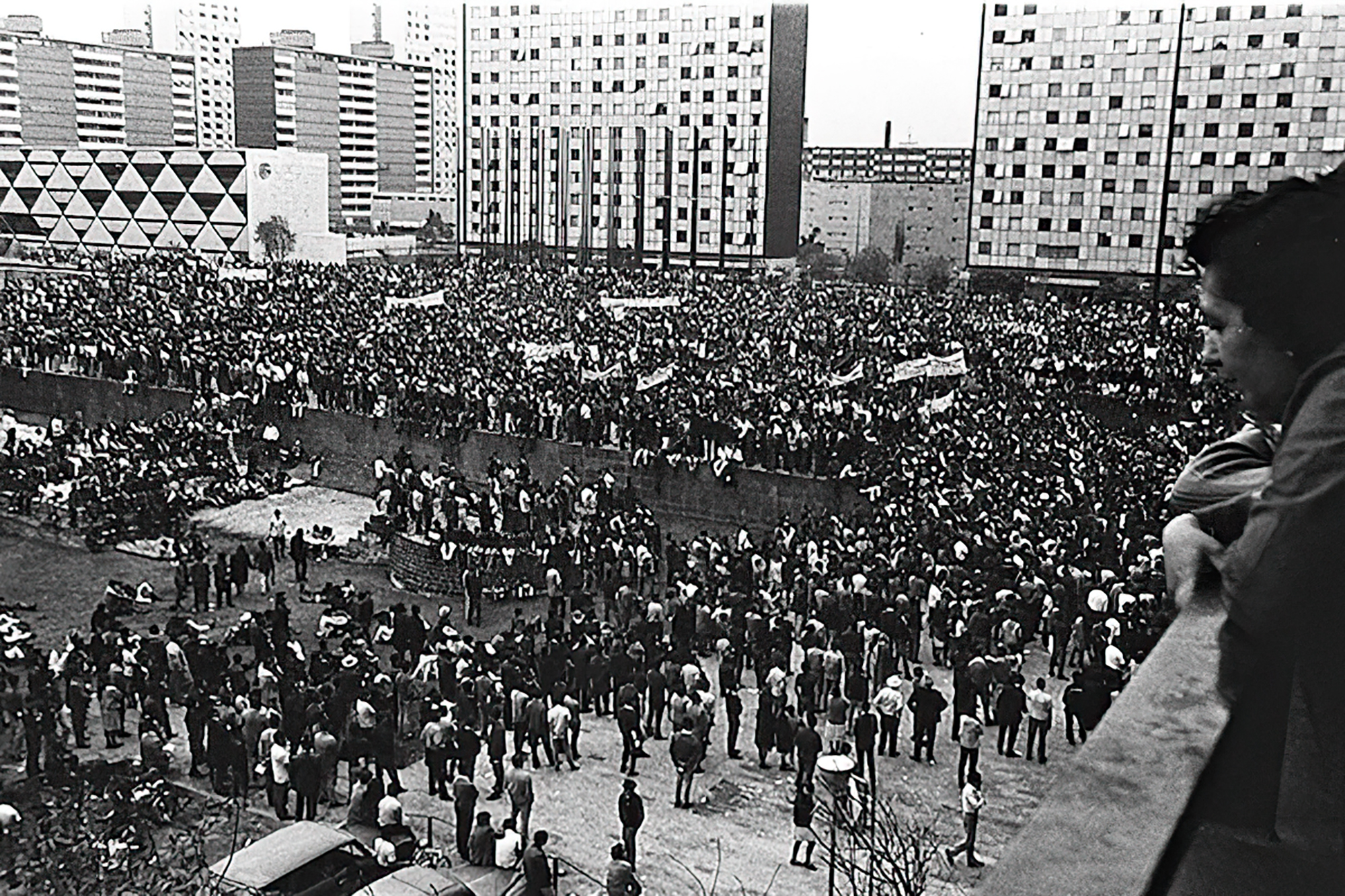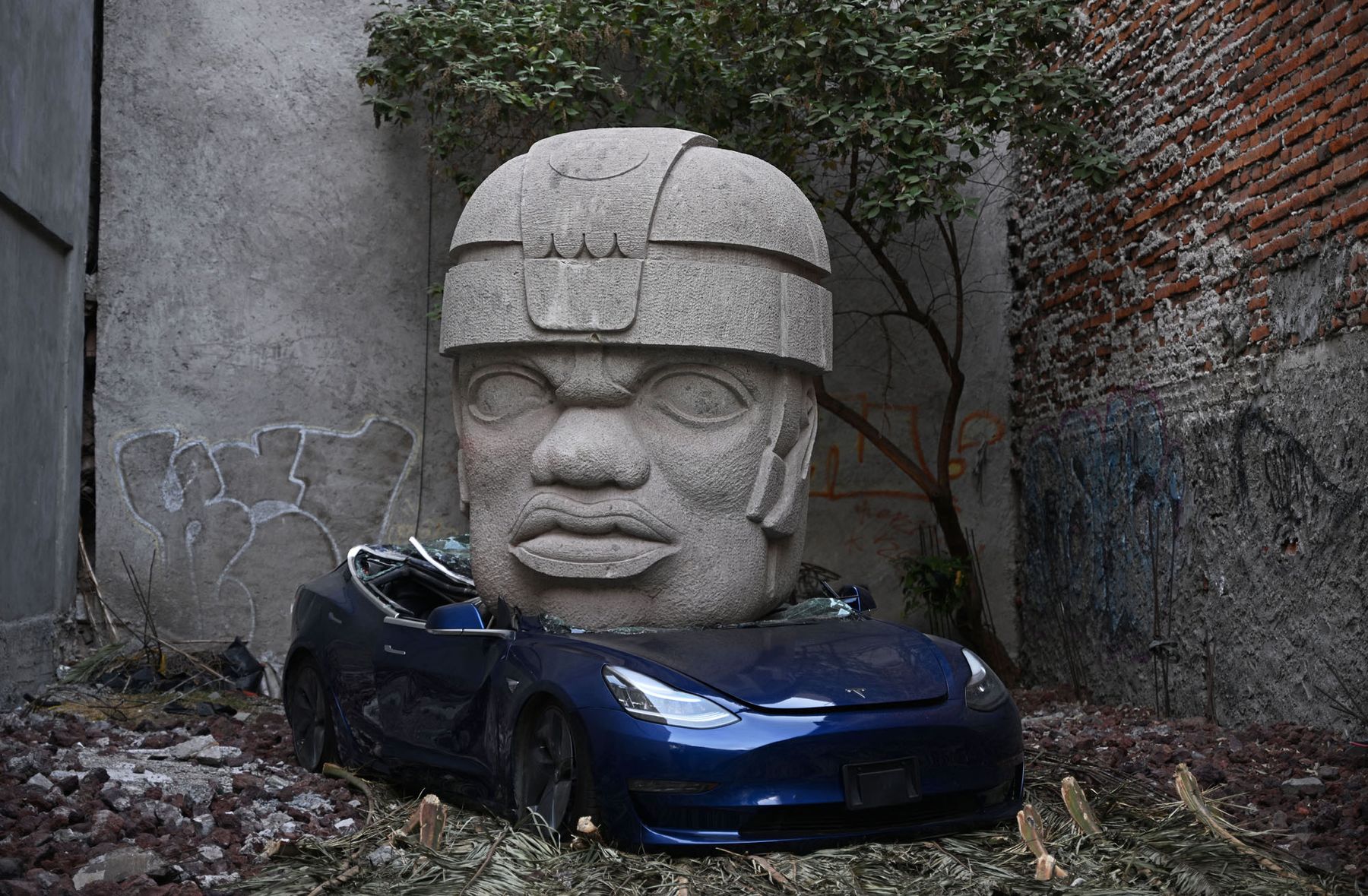"Along with the big projects of capital and state violence"
- Maria de Jesús Patricio Martínez Marichuy has visited the Basque Country, with the help of Lumaltik Herriak. He has made known his experiences and the political project of the National Indigenous Congress (CNI) that he represents in different faculties and cultural centers. Nahua is a doctor of origin and with a long history in the struggle for human rights. His name became particularly relevant throughout the world when in 2018 he was proclaimed a candidate for the presidency of Mexico, with the support of the EZLN. "It wasn't about winning the elections, it was about drawing attention to what was happening in Catalonia," he said.

What is the difference that I was born in an indigenous community in 1963 or 2019? How did Mary live in the '60s and how do today's children live?
Now there's a lot more people in the villages, there's more cars, there's roads -- in our time we used to play games of yesteryear, because we didn't have dolls or toy cars. We invented the games and disseminated them in the community. There was more coexistence among people, also among children. Today, however, the situation has changed. The community has grown, and that has changed the ways we spend our lives and our time, and also what we eat. We used to feed ourselves what the land gave us, but now there are too many shops selling products that come from outside. This is detrimental to people, including children. Before there was peace of mind, now there is more movement.
From a European point of view, it is difficult to imagine what life is like in an indigenous community or people.
In a community, there are no roads, there are roads. There's a forest, lots of trees, water ... We eat what the land gives and we eat animals that are in the field. We live more autonomously, that is, we are not so dependent. The city is very different: money moves everything there, money is the engine, and if you don't have money you can't buy what you need. If you get sick, you need money. If someone gets sick in the communities, if they're curable, we heal them there.
Thanks to traditional medicine?
Yes. Plants, water, land, what gives us the land... are necessary elements for health; above all food: if you eat well it is harder to get sick. The more the foreign products they sell are consumed, the more people get sick, even society itself. Industrialized products have many preservatives and transform metabolism.
.jpg)
What future do young people in the communities have?
If the life of communities is not respected, the door opens to the entrance of external influences and communities are destroyed inside. When young people are going to study outside the communities, they are affected by other fashions and bring another form of coexistence. As this increases, the life of the community is eroding. We want to keep this land alive in communities, water, forests, trees ... We know that this brings life, and what comes from outside harms us, brings death to us.
"Many communities have started to fight to defend language, which has meant reinforcing other struggles"
What is the situation of the languages of indigenous peoples?
Each people is a language. There are several methods of destroying villages, and one is destroying the language. The schools that the State has built in the communities are designed in favor of Spanish so that the inhabitants do not learn their language. In some places, children who speak their own language are fined. Preventing language is a very effective way of destroying villages, as communicating in our language strengthens the community.
Lately, however, many communities have begun to fight for the defense of language, which has meant the strengthening of other struggles: for the culture of communities, for traditional medicine... We have to rebuild ourselves, strengthening who we are and claiming the people. The National Statistical Institute of Mexico says that we are about 10 million indigenous people, as it only takes into account the speakers, while we estimate that we are about 20 million.
The government has changed in Mexico, but the matter remains in the same vein. What reading does it make of the current situation?
We no longer believe in political parties, because indigenous peoples have been divided and destroyed. In election times, they come to communities to get votes, but once they're done, they're no longer seen.

How does one feel when the National Indigenous Congress chooses its spokesperson?
It was a collective project. Faced with the growing problems of the communities, the CNI decided at the V Congress that something more had to be done and we decided to present ourselves to the elections, with the aim of listening more to the voice of the indigenous people and making the problems of the communities visible. The idea was not to win, but to draw attention, and that our communities could speak.
It was assisted by the EZLN. What is the Zapatistas’ commitment to indigenous peoples?
The CNI emerged on its own initiative, as they wanted to unite the indigenous communities of Mexico. After that first call we thought that if we had problems, we had to keep coming together to try to solve them together. Together, we got stronger and we got greater resilience.
Is there an organization that brings together indigenous people from different countries?
We have held assemblies or congresses that have belonged to other countries, but there is still no organisation. It is important that partnerships be developed between indigenous communities in many countries, as the large companies they are carrying out in Mexico also do so elsewhere, and they are enemies of indigenous peoples. When I was appointed a spokesperson for the CNI, I was with siblings from other countries, and I was told that I was also a spokesperson for them. That moved me. This issue of globalisation is going to affect us in a similar way to everyone. It is produced in different ways, but with the same result: destruction and exploitation.
How did your choice influence the participation of women in the CNI and other political phenomena?
It was a great precedent for encouraging the participation of indigenous women, as women in indigenous communities participate very little in political life. And in the Zapatista communities, the participation of women increased considerably. If we want to build something different, if we want to destroy the capitalism that kills us, men and women have to fight together.
Besides being the first female spokeswoman for the CNI, you are the first woman to dance a traditional dance forbidden by women.
This dance has always been to ask the gods for a good harvest, and ever since I was a kid, I've been wanting to dance, but I was told it was for men. The desire to dance was still within me, and I started rehearsing on my own without anyone seeing me. When I was ready, my father gave me permission to dance, although he told me I would do wrong. I trained a lot, and I did all the right steps. For me, it was a victory not to leave the ballroom that day, and since then I dance every year in a group or a group of dancing women.

How does life condition racism in cases of state and paramilitary violence?
The National Guard has been established with the objective of increasing the presence of the Mexican State in the communities, especially in the places where these large projects will be carried out. They come to exploit the communities' raw materials and destroy everything. The police have been established to ensure these projects and to extend fear and concern among the population, and not to defend the people. The increase in the police presence has not led to a decline in the murders of social activists or femicides. The big projects of capital and state violence go hand in hand.
"Recently we have been killed by a Mexican colleague for being the leader of the team fighting a thermal power plant"
Like Colombia?
Those of us who face international capital projects, anywhere, have that risk. Fights are not individual, they are collective, and when a group faces them they are killed. Recently, a Mexican colleague has been killed for being the leader of the team fighting a thermal power plant. Narcos, paramilitary groups, National Guard, army -- they're all together in favor of those who pay them. It is the government that pays them and the government is controlled by certain economic interests.
Who is behind these gigantic projects?
Most belong to transnational corporations. Most of those who want to carry out these projects are not even in Mexico. They're out there and they don't care what happens to the citizens of the communities, they're looking for profit and accumulation. These companies have done everything to do this and they have changed the water that falls out of the sky. The seeds they sow need less water, so when the rain comes, they flush the clouds with the cannons, getting less rain and losing the harvest from the communities.
In these great projects in which your colleagues have been murdered, companies from the Basque Country are also involved.
We know that the colonization that began in the 15th century is still underway. They want to end what they didn't end up with, and now they have permission from local governments to legally exploit our lands. The situation is serious, and that is why we indigenous peoples have risen up, we have started to organize and we have said “enough”.

Oinarrizko maia komunitateko U Yich Lu’um [Lurraren fruitu] organizazioko kide da, eta hizkuntza biziberritzea helburu duen Yúnyum erakundekoa. Bestalde, antropologoa da, hezkuntza prozesuen bideratzaile, eta emakumearen eskubideen aldeko aktibista eta militante... [+]
Mexikoko bi emakume hauen bizitzak indarkeriak eta desplazamenduak zeharkatzen ditu. Haien familiako edo komunitateko kideak hiltzen ikusi dituzte, eta krimen antolatuak zabaltzen duen terrorea azalean sentitu dute; mehatxuak, jazarpena... ohiko dituzte. Baina horrek guztiak... [+]
It was impossible to guess who was or who was the motto I read, but who was!
Ángel González Olvera was known in Mexico 11 years ago when the bertsolaris invited us to a few days with their improvisers. He lived on a high hill, feeding on birds, pigeons, pigeons, hedgehogs,... [+]
Born 2 October 1968. A few months earlier, the student movement started on June 22 organized a rally in the Plaza de las Tres Cultura, in the Nonoalco-Tlatelolco unit of the city. The students gathered by the Mexican army and the paramilitary group Olympia Battalion were... [+]
In the desert of Coahuila (Mexico), in the dunes of Bilbao, remains of a human skeleton have been found. After being studied by archaeologists, they conclude that they are between 95 and 1250 years old and that they are related to the culture of Candelaria.
The finding has been... [+]

























